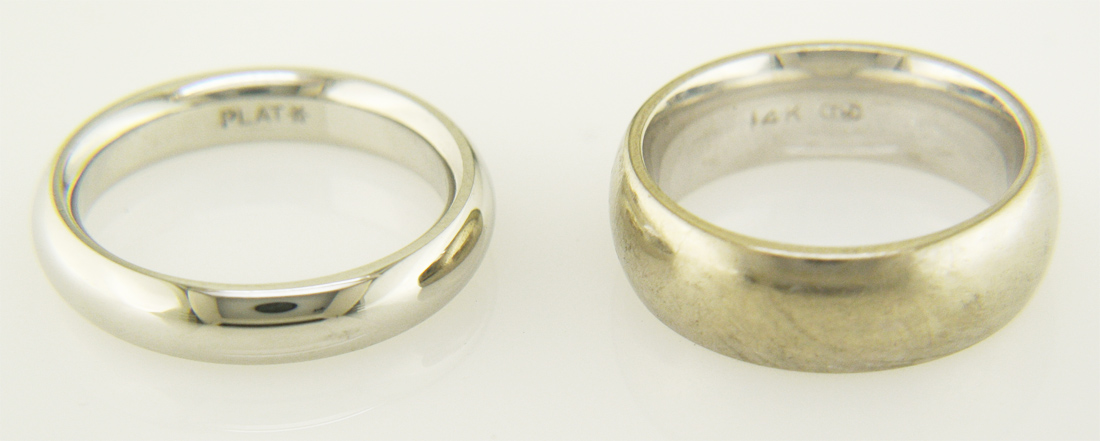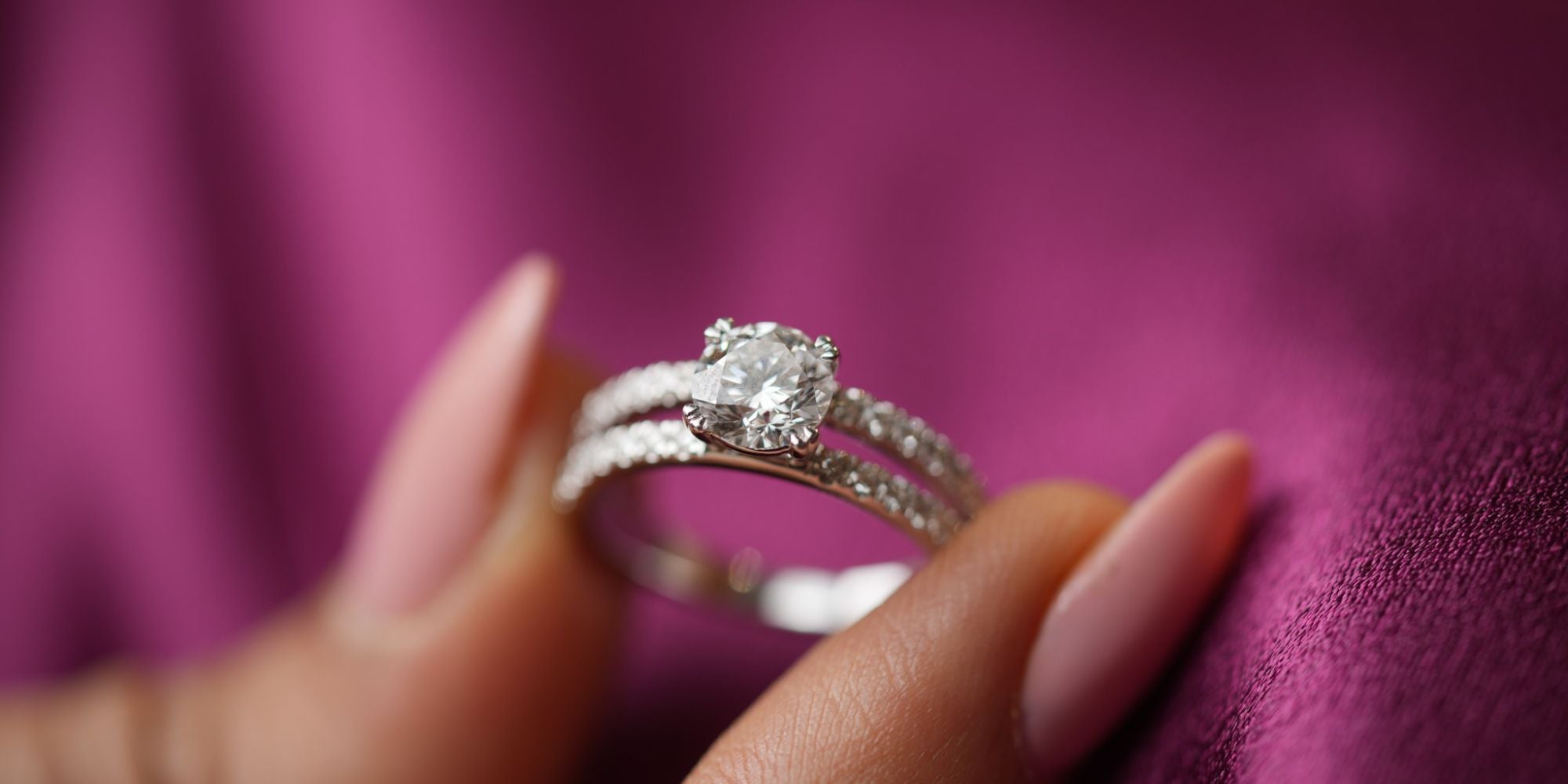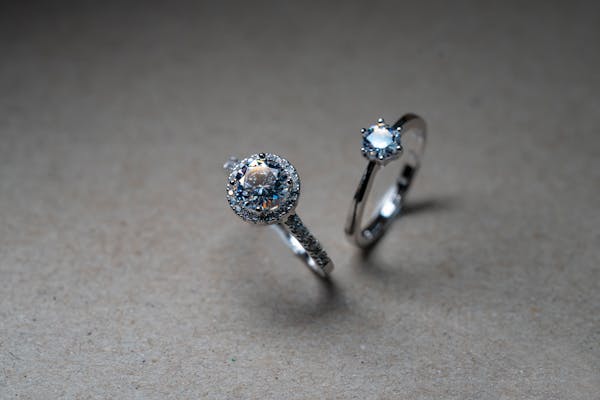
White Gold or Platinum: Choosing the Right Metal for Your Jewelry
When it comes to fine jewelry, choosing the right metal is just as important as selecting the perfect stone. Among the most popular metals for engagement rings, wedding bands, and other fine jewelry are White Gold or Platinum. Both have a sleek, elegant appearance, but there are key differences that may make one more suitable for you than the other. In this article, we’ll explore the characteristics of each metal to help you make an informed decision.
Appearance
At first glance, white gold and platinum can look quite similar. Both have a bright, silvery-white appearance, and both are popular choices for jewelry settings. However, there are subtle differences. White Gold or Platinum has a naturally white hue, whereas white gold is actually an alloy made by mixing pure gold with other white metals like nickel, palladium, or silver. This gives white gold its white color, but it’s usually coated with rhodium to enhance its brightness and protect the underlying metal. Over time, the rhodium coating on white gold can wear off, requiring reapplication to maintain its luster. Platinum, on the other hand labor gezüchtete ethische diamanten, retains its natural color without the need for additional coatings.
Durability
Platinum is known for its exceptional durability and resistance to wear. It is a dense, heavy metal, making it more resistant to scratches and damage. When weißgold oder platin does get scratched, it doesn’t lose any metal; instead, it develops a patina, a matte finish that some people find appealing. This patina can be polished out if desired.
White gold is also durable, but it’s not as hard as platinum. The underlying metal can scratch, and with wear, the rhodium coating may eventually need to be replaced to maintain its original appearance. However, white gold is generally easier to work with, making it a popular choice for intricate designs and settings.
Weight and Comfort
Platinum’s density makes it noticeably heavier than white gold. This weight can be a sign of quality and luxury, but it may also feel uncomfortable for those who prefer lighter jewelry. White gold, being less dense, is lighter and often more comfortable for everyday wear.
Cost
Cost is another significant factor when choosing between white gold and platinum. Platinum is a rare and precious metal, making it more expensive than white gold. The cost of platinum jewelry can be significantly higher due to its density and the additional craftsmanship required. White gold, being an alloy, is generally more affordable and a popular choice for those looking to save without sacrificing the look of white metal jewelry.
Hypoallergenic Properties
Platinum is naturally hypoallergenic, making it a great choice for people with sensitive skin or metal allergies. White gold, however, can contain nickel, a common allergen. If you’re prone to allergies, it’s essential to choose white gold with a low nickel content or opt for platinum to avoid skin irritation.
Conclusion
Ultimately, the choice between White Gold or Platinum comes down to personal preference, budget, and lifestyle. Platinum offers durability, a natural white color, and hypoallergenic properties, but it’s heavier and more expensive. White gold is more affordable, lighter, and can be rhodium-coated for a bright finish, but it may require more maintenance over time. Consider your budget, comfort, and how much maintenance you’re willing to undertake when choosing the right metal for your jewelry.








